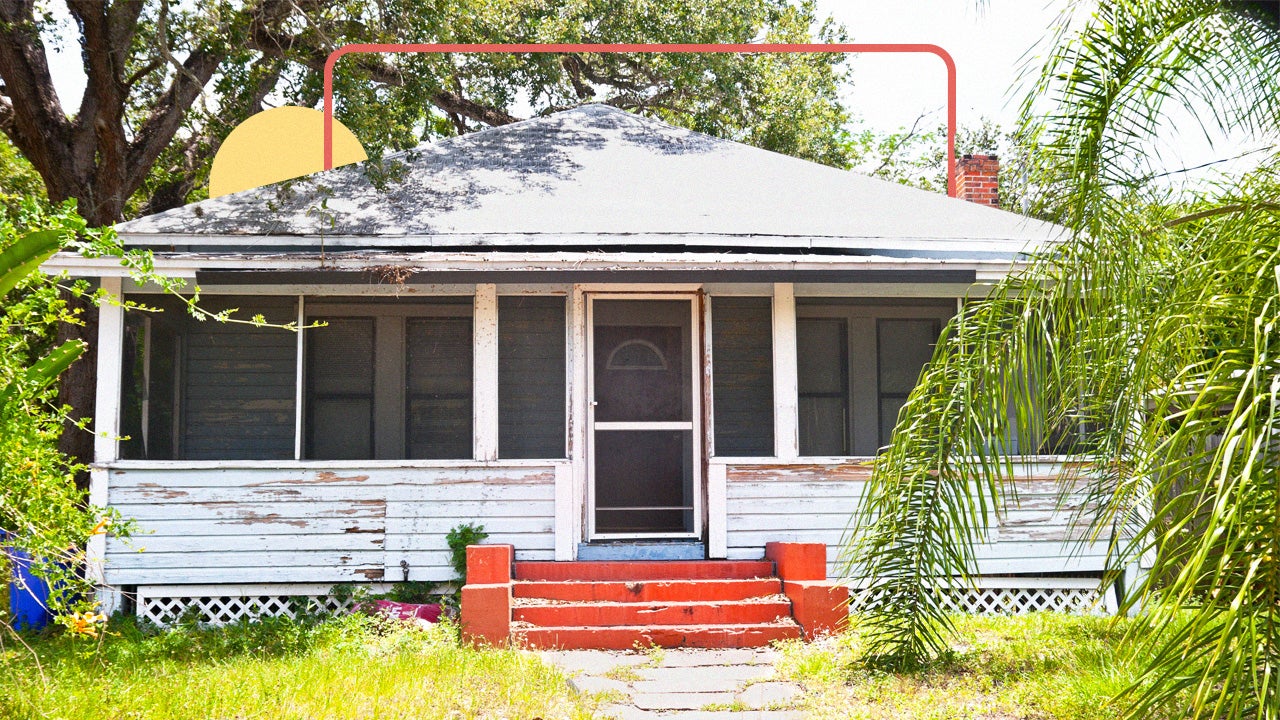HO-4 insurance: What it covers and who might need it

Homeowners insurance is a no-brainer for people who purchase a property. In fact, if you finance a home, your lender will likely make it a condition of loan approval. But what about renters? You may or may not be required by a landlord to have similar coverage. Even if your lease doesn’t specifically mandate an HO-4 policy, more commonly called renters insurance, it’s a good idea to carry it. Renters insurance covers things like your personal belongings and liability for accidents. Bankrate’s insurance editorial team is here to break down everything you need to know about HO-4 insurance.
What is HO-4 insurance?
There are eight types of home insurance policies. The fourth type, HO-4 insurance, is a renters insurance policy. Renters insurance is for tenants who rent an apartment, room or home from someone else and do not own the building.
While your landlord likely insures the physical structure of the building you live in, an HO-4 policy provides coverage for your personal possessions if they were to be damaged by a covered peril.
On top of that, HO-4 policies provide liability insurance. If someone is injured on or in your rental property and you are found negligent for their injuries, your policy helps cover your legal expenses and any medical expenses you may be held responsible for. Liability coverage may also cover reimbursement for any visitor’s property that is damaged while at your residence.
Lastly, standard HO-4 policies also include additional living expenses coverage. If your rental is uninhabitable while repairs are made after a covered loss, your insurance policy may pay for extra living expenses you incur. These might include hotel charges, restaurant meals and pet boarding costs.
What does an HO-4 policy cover?
A standard HO-4 policy covers 16 specific perils. That means if your personal property is damaged due to one of these events, your insurance company should reimburse you up to your coverage limits. Generally, damage caused by the following perils is covered by an HO-4 policy:
- Fire or lightning
- Windstorm or hail
- Explosion
- Riot / civil commotion
- Damage from aircraft
- Damage from vehicles
- Smoke
- Vandalism / malicious mischief
- Theft
- Volcanic eruption
- Falling object
- Weight of snow, ice or sleet
- Overflow of water or steam from plumbing, HVAC, etc.
- Sudden breakage of a hot water heater, etc.
- Frozen pipes
- Electrical currents
How an HO-4 policy works
If a covered peril occurs and your belongings are damaged, you can file a claim with your insurance company. You can also file a renters insurance claim if someone gets hurt on your property and needs medical attention or sues you.
Note that most HO-4 policies require policyholders to pay a deductible. Renters insurance also has coverage limits that are outlined in the policy agreement. In a typical policy, depreciation is factored into the value of your items, which impacts your payout. Some insurers offer optional replacement cost value coverage instead. Purchasing this type of coverage means your payout will reflect the cost of replacing your damaged stuff with brand-new items (depreciation won’t factor into your payout).
What real-life customers are saying about renters insurance
Renters insurance can be an inexpensive way to cover your belongings and protect your finances if someone sues you after getting injured on your property. But is HO-4 insurance really worth it? Seeing what real-life customers say about renters insurance can help you determine if it’s right for you.
Reddit is an open forum where consumers, insurance agents, underwriters and more can discuss topics like renters insurance. Here are some recommendations Reddit users offered someone looking for renters insurance.
Reddit user review
*The quotes and citations included on this page have been verified by our editorial team and are accurate as of the posting date. Outlinked content may contain views and opinions that do not reflect the views and opinions of Bankrate.
What an HO-4 policy excludes
In general, HO-4 insurance policies do not cover damage caused by certain perils, including:
- Flood
- Earthquake
- War
- Nuclear accident
- Mudslide
- Sinkhole
Your policy may include additional exclusions, so it’s a good idea to read the paperwork carefully or speak with your insurance agent to review your policy. If you live in an area that’s prone to an excluded peril, you may want to consider adding an endorsement to your policy or getting a standalone insurance policy. For example, you may benefit from earthquake or flood insurance depending on where you live.
Who needs HO-4 coverage?
HO-4 coverage is designed for renters in a variety of home types. These policies may apply if you rent an apartment, condominium or house. While renters insurance is not a legal requirement, many landlords will require you to carry a policy and could mandate a minimum limit of liability coverage. You’ll likely want to read your rental agreement carefully to make sure you’re fulfilling your legal responsibility with the right amount of coverage. Even if an HO-4 policy isn’t required, it still may be smart to have one in place to financially protect yourself.
To determine how much rental coverage you need, it may be helpful to determine the value of your personal property and your relative level of liability risk. You may want to start by creating a home inventory to estimate the value of your possessions. You also may want to consider your liability exposure. Do you have a pet that could potentially hurt someone? Do you host guests often? Working with a licensed agent may help you decide how much coverage is appropriate for your needs.
HO-4 vs. HO-6 insurance
While HO-4 is a type of insurance designed for renters, HO-6 policies are written for people who own a condo. Like a rental apartment, a condo is a part of a larger building that carries its own policy. In the case of a condo, building insurance is usually managed by the homeowners association (HOA).
In terms of coverage, the primary difference between HO-4 and HO-6 insurance is that HO-6 insurance includes interior finishings and HO-4 policies don’t. If a covered event ruins your countertops or crown molding, for instance, HO-6 policies would typically cover the damage. An HO-4 policy would not. In short, renters insurance is primarily for your personal belongings, while HO-6 coverage has a bit more reach.
Perils covered by HO-6 typically include dwelling coverage for materials like flooring, personal liability coverage, personal property coverage and loss of use coverage.
Where can I get HO-4 insurance?
HO-4 renters insurance is widely available through many insurance companies, including national, regional and local carriers. Many carriers offer online quoting for HO-4 coverage. Comparing multiple carriers before choosing a policy may help you find the coverage you need at a competitive price.
During the shopping process, you may also want to look for relevant coverage options and discounts. One easy way to potentially save is by asking if your auto insurance company offers a bundling discount for HO-4 policyholders. You may also save by paying your premium in full, installing protective devices or looking for affiliation discounts.
How much does HO-4 insurance cost?
The average annual premium for renters insurance in the U.S. is $170, according to the Insurance Information Institute. That means, on average, it costs about $14 per month for a standard HO-4 policy.
Renters insurance is significantly cheaper than home insurance, which costs $2,258 per year (or about $188 per month) for a policy with $300,000 in dwelling coverage. However, similar to home insurance, the price of your renters insurance policy depends on certain contributing factors.
Your state plays a large role in your premium. For example, renters in South Dakota pay an average of $117 per year for renters insurance, while renters in Mississippi pay $258 per year, per the Insurance Information Institute. Additional factors that influence your premium include your claims history, the amount of coverage you purchase and your deductible level.
Frequently asked questions
You may also like

Does home insurance cover roof replacement

Best high-risk homeowners insurance companies

Best renters insurance in Georgia

Best renters insurance in Florida


